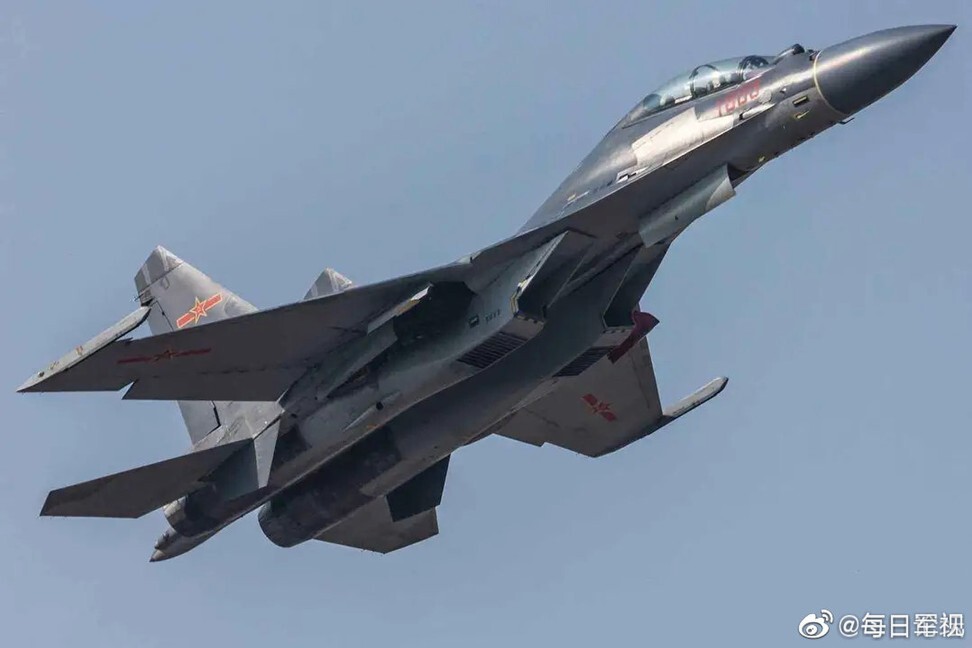
China-India border dispute: Tibet war games test PLA forces at altitude despite pledge to disengage
- Airing of war games footage coincided with Beijing releasing five Indians detained by the PLA for crossing into Chinese territory
- Military drills showcase China’s latest ground striker and rocket launchers
China’s state media reported on Saturday that a first-time air-ground joint exercise was conducted “at an average altitude of 5,000 metres (16,400 feet)”. A combined army brigade of the Tibet military command and the latest ground strikers of the Chinese air force in Tibet practised air-ground joint assault and control of enemy-occupied grounds.

There was no mention of when the footage of the Tibet exercises was taken. It showed the army’s reconnaissance unit using drones to conduct aerial scouting of the drill “enemy’s” position and sending the coordinates back, while the ground special reconnaissance team climbed cliffs and crossed canyons to go behind the enemy’s defence to provide artillery groups with strike coordinates.
China-India border dispute: its origins and impact
The target area was then bounded by rockets launched from a J-16 – a 4.5-generation twin engine multi-role heavy strike fighter – and multiple rounds from ground self-propelled artillery units, comprising China’s latest Type-11 122mm tracked rocket launchers and the Type-PLZ-89 122mm self-propelled artilleries.

The gold-lion painting on the fighter indicates the jet likely belongs to the elite air force brigade based in neighbouring Gansu province known as the “Helan Flying Lion” because the brigade is stationed at the foot of Helan Mountain.
Hong Kong-based military commentator Song Zhongping said the J-16 fighter stationed on the airbases at the plateau came with stronger ground strike capability.
“It can improve the coordinated ground attack with the army units as it can stay in the air longer,” Song said.
The footage also showed for the first time that electronic warfare units were deployed to interfere with the enemy’s communication and command facilities while the air-defence and anti-armour detachments moved into position, using various types of air-defence and anti-tank missiles to destroy enemy air, armour and bunker targets.
According to the video, an armoured unit comprising Type 15 light tanks and Type 04 infantry fighting vehicles formed the main assault force to attack the enemy’s front after the combat engineers cleaned up the obstacles, marked the passage and set up bridges.
While this is the first time an army-air force joint exercise was officially shown on TV, Song Zhongping said such exercises were routine drills for the Chinese military on the Tibetan Plateau.
India-China border: is peace really on the horizon?
China and India have been locked in a tense military stand-off at several locations along their undemarcated border since late May and tensions peaked in June with a clash in the Galwan Valley that saw at least 20 Indian soldiers killed and unknown casualties on the Chinese side.

